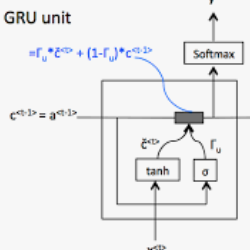Biological structural designs in nature, like hoof walls, horns, and antlers, can be used as inspiration for generating structures with excellent mechanical properties. A common theme in these designs is the small percent porosity in the structure ranging from 1 - 5\%. In this work, the sheep horn was used as an inspiration due to its higher toughness when loaded in the radial direction compared to the longitudinal direction. Under dynamic transverse compression, we investigated the structure-property relations in low porosity structures characterized by their two-dimensional (2D) cross-sections. A diverse design space was created by combining polygonal tubules with different numbers of sides placed on a grid with different numbers of rows and columns. The volume fraction and the orientation angle of the tubules were also varied. The finite element (FE) method was used with a rate-dependent elastoplastic material model to generate the stress-strain curves in plane strain conditions. A gated recurrent unit (GRU) model was trained to predict the structures' stress-strain response and energy absorption under different strain rates and applied strains. The parameter-based model uses eight discrete parameters to characterize the design space and as inputs to the model. The trained GRU model can efficiently predict the response of a new design in as little as 0.16 ms and allows rapid performance evaluation of 128000 designs in the design space. The GRU predictions identified high-performance structures and four design trends that affect the specific energy absorption were extracted and discussed.
翻译:暂无翻译





